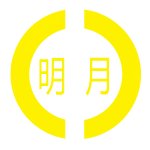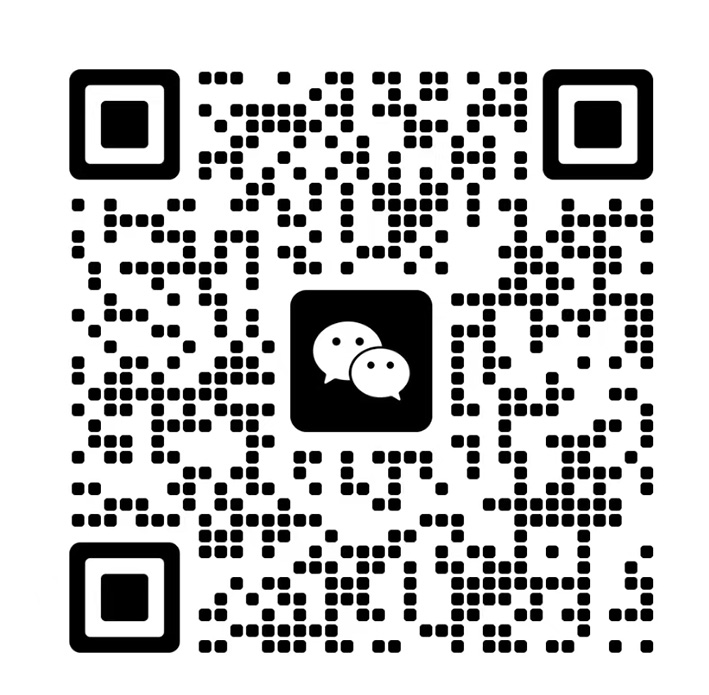
- English
- 简体中文
- Español
- Português
- русский
- Français
- 日本語
- Deutsch
- tiếng Việt
- Italiano
- Nederlands
- ภาษาไทย
- Polski
- 한국어
- Svenska
- magyar
- Malay
- বাংলা ভাষার
- Dansk
- Suomi
- हिन्दी
- Pilipino
- Türkçe
- Gaeilge
- العربية
- Indonesia
- Norsk
- تمل
- český
- ελληνικά
- український
- Javanese
- فارسی
- தமிழ்
- తెలుగు
- नेपाली
- Burmese
- български
- ລາວ
- Latine
- Қазақша
- Euskal
- Azərbaycan
- Slovenský jazyk
- Македонски
- Lietuvos
- Eesti Keel
- Română
- Slovenski
- मराठी
Bearing Shell Clearance Inspection Methods
2025-09-26
The bearing shell is a critical component supporting rotating shafts. The clearance between it and the journal is known as the "golden clearance." If this clearance is too small, it leads to inadequate lubrication, instant high temperatures, and catastrophic failures like 'bearing burnout' or even 'seizure'. If the clearance is too large, it causes severe equipment vibration and noise, accelerating wear and ultimately resulting in equipment failure. Its precision is typically measured in units of "μm".
How does the industry ensure absolute precision against such demanding measurement requirements? This article introduces the four mainstream core technologies:
Lead Wire Method: This method is renowned as the most reliable and closest to actual operating conditions. During operation, specially made soft lead wires are placed on the journal. After tightening the bearing cap to the specified torque, the lead wires are flattened. Measuring their thickness directly yields the accurate clearance value. This method is widely used in core parts of critical equipment like engines and compressors.
Instrument Calculation Method: This is the most precise measurement method. It involves using an outside micrometer to measure the journal's outer diameter and an inside dial gauge to measure the bearing shell's inner diameter (with the shells installed and the cap torqued, but without the shaft); the difference between these measurements gives the clearance. This method not only provides the clearance value but also fully assesses the wear patterns of both the shaft and the bearing bore.
Feeler Gauge Method: Known as the rapid on-site screening tool, this is the simplest and quickest method. The feeler gauge method is often used for preliminary checks on large equipment or in field settings by inserting the gauge at the split line of the bearing. However, due to its relatively lower accuracy, it typically serves as an auxiliary judgment rather than the final authority.
Bluing Method (Prussian Blue): This method qualitatively assesses whether the clearance is even and the contact is good by applying a bluing agent to the journal, rotating the shaft, and then observing the distribution of the contact marks transferred to the bearing shell's surface. It is an indispensable step for verifying assembly quality.
Every precise measurement is a solemn commitment to safety. Mastering and standardizing the application of bearing shell clearance inspection technology is crucial for improving equipment management, ensuring safe production, and extending equipment service life. With 26 years of practice, Mingyue BearingBush has demonstrated that truly safeguarding equipment 'health' requires synchronized efforts from both the production end and the inspection end.




